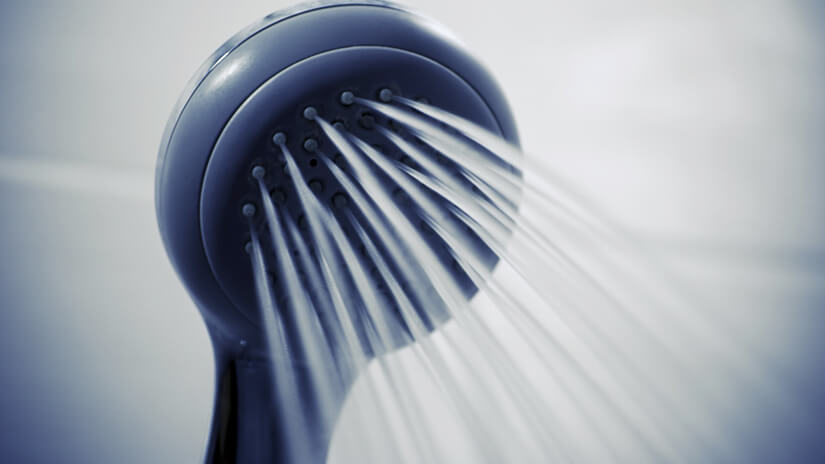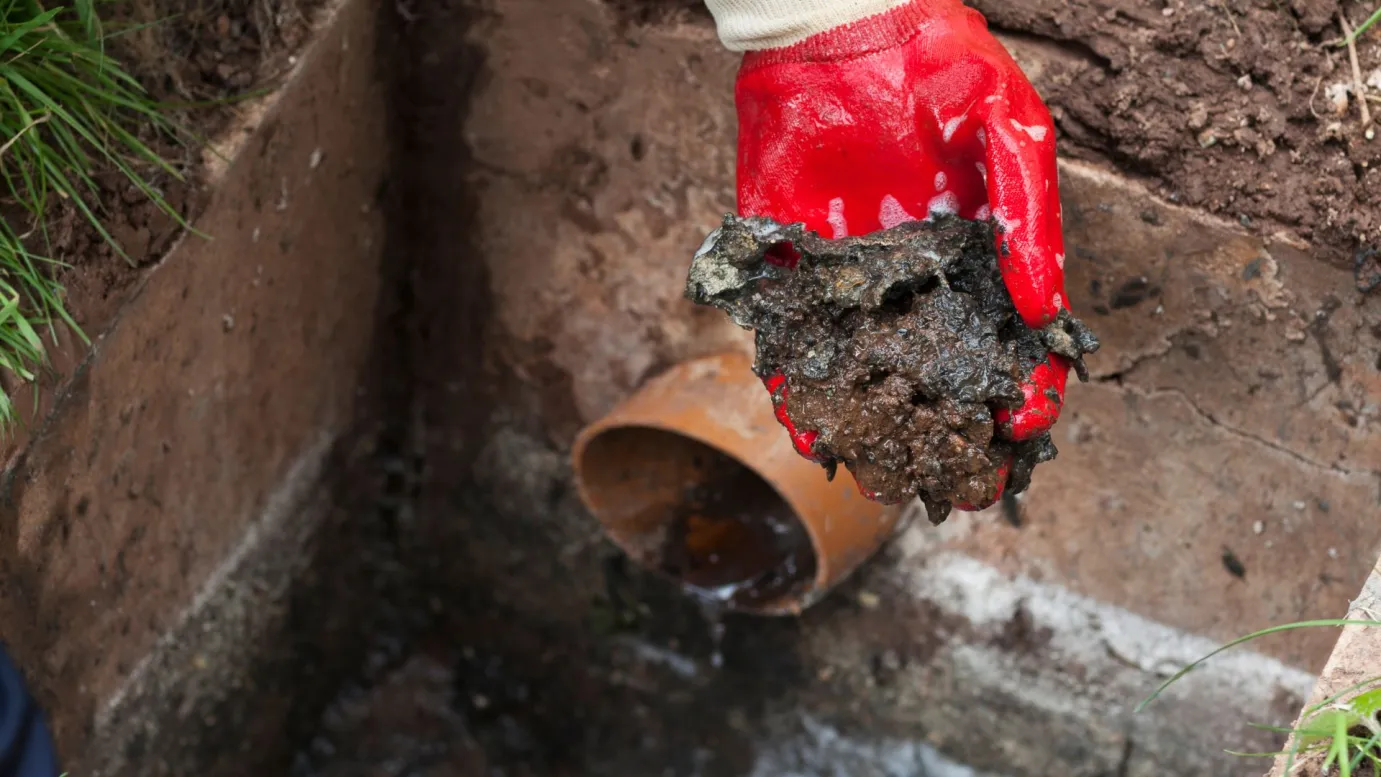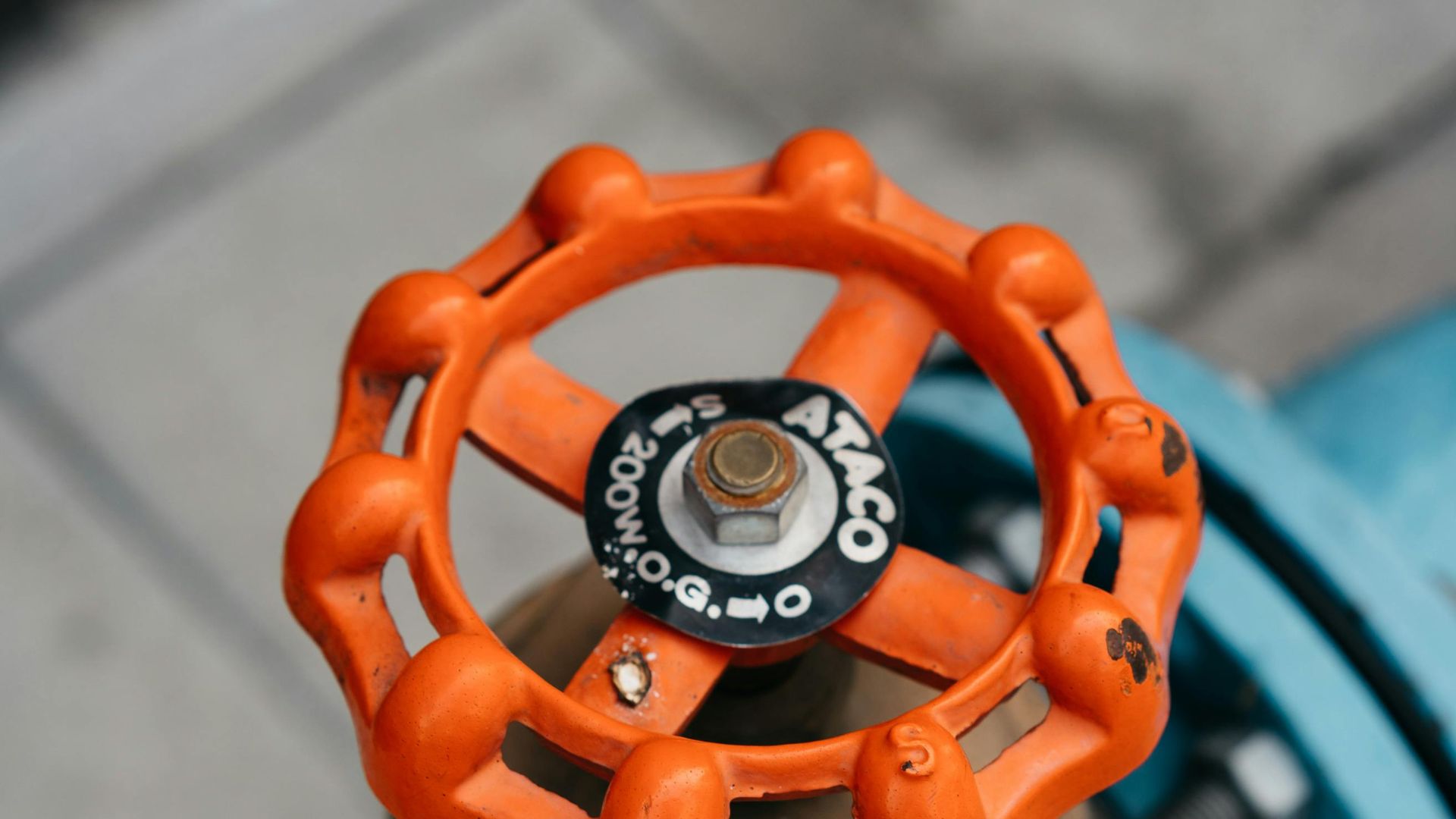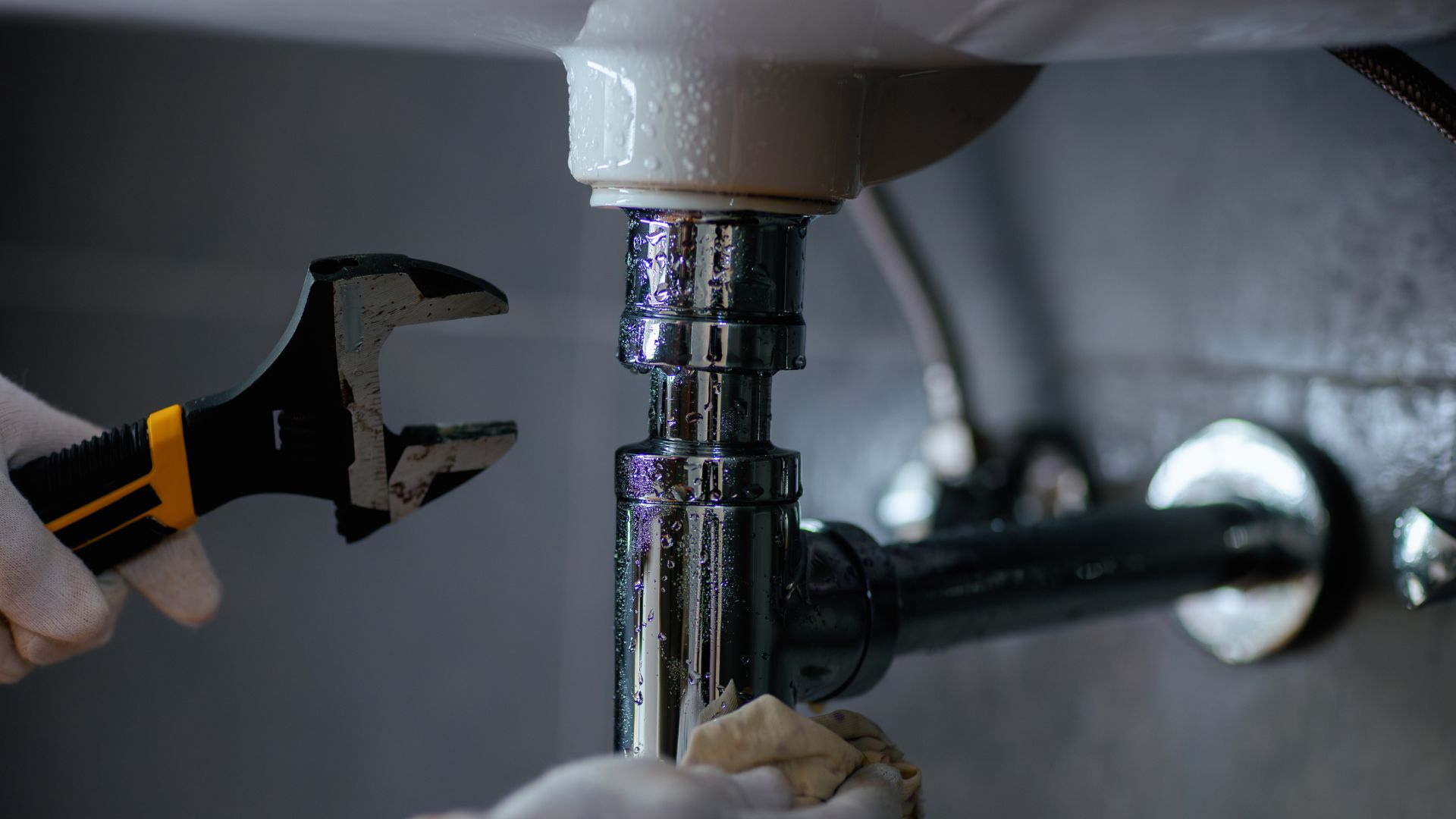There’s nothing quite as frustrating as waiting for your water to heat up when all you want is a soothing, hot shower. This is something many people face, especially during the chilly months. The hot water running through cold pipes takes some time to warm up before it reaches the faucet.
Starting your day with a lukewarm shower can be quite annoying. You might think your plumbing is to blame, but there are actually some specific reasons your shower might be colder than you’d like.
So you may ask, “Why’s my shower heating up slowly?” We can investigate why this problem occurs and suggest what you can do to get the hot water supply working faster.

Why Does It Take A Long Time For Water To Heat Up?
Listed below are the four main reasons your hot water may not be working:
- Water pipes are too wide
- Hot water heater is a long way from your bathroom
- Pipes pulling heat from the water
- The shower head pressure is too low
1. Water Pipes Are Too Wide
The size and diameter of your pipes will affect the water flow and the amount of water that gets into your shower. Wider pipes have more space for the hot water to flow through.
This can make the travel time to your fixtures take longer. A general rule of thumb is that water moves faster with a pipe with a small diameter.
Check the size of the pipes under your sink to determine their diameter. Residential pipes are typically between 1/4 and 2 inches in diameter, which you can measure using the string method.
Also, poor pipe fittings at the top or bottom of the hot water heating system interfere with the smooth flow of heated water.
2. The Hot Water Heater Is A Long Way From Your Bathroom
The farther away your water heater is from your bathroom, the longer it takes for the heated water to reach your fixtures. With only one tank delivering hot water to your home, you may struggle to receive efficient heat, particularly if you have a larger property.
Water heaters on the opposite end of the washroom tend to take longer to deliver hot water.
And with the installed piping, they are rarely connected in a straight line. The flow rate will decrease from the position of the water pipes and how they are laid out for
The closer your bathroom is to the heater, the quicker hot water will be delivered.
Use a hot water recirculation pump and reduce the distance between your water heater and the faucet.
Suppose you are not using an instant water heater, electric water heater, or tankless water heater (with an unlimited supply of water, tankless water heaters don’t use tanks to store hot water or heat water). In that case, chances are high that you may be overusing hot water. Some hot water tanks are small and can only hold a particular quantity of hot water at a time, so they can’t produce hot water as quickly. This tends to happen when the number of people showering increases simultaneously.
3. Pipes Pulling Heat From The Water
When the pipes leading to your shower are unused, they become cooler. The colder the pipes, the more heat they absorb from the water as it passes through them.
Copper pipes retain more heat than PVC piping. The material of your water pipes and the area’s temperature can affect the time it takes for your shower to get hot.
4. shower head Pressure Is Too Low
You can check your shower faucet for gallons per minute (GPM). This refers to the flow rate of water going through your shower head. If the flow rate is low, it takes longer for cold water left behind from your last shower to be pushed out.
Cold water can stay stagnant in your pipes after a shower.
Since 1992, the standard flow rate has been set at 2.5 gallons per minute (GPM) for most shower heads. That adds up to about 25 gallons for a typical 10-minute shower.
How Can I Get My Shower To Heat Up Faster?
You understand the cause of a cold shower and know we can suggest solutions. Here are some solutions to the main contributors that take a long time to heat up.
High Flow Showerheads
You can ask your licensed plumbing professional to suggest a high-flow showerhead. This upgrade will increase the water flow and reduce the time it takes for the hot water to reach the fixtures. However, remember that you may risk increasing your water and heating bills.
Insulation Of Your Shower Supply Lines
Pipe insulation can protect pipes from the cold air in the atmosphere, particularly long pipes in your exterior wall. It also keeps your pipes warm and doesn’t absorb much heat from the travelling water. If you are unsure, speak to your local plumber about insulated pipes.
Need a Plumbing Service?
Install A Demand Hot Water Recirculating System
A recirculation system connects to your water plumbing and ensures a constant flow of hot water through your pipes and fixtures.
A recirculating system (or tankless water heater) reroutes the cold water in your pipes. The recirculation pumps take the’ run off’ water back to your water heater, so you turn your hot water tap on and don’t get the leftover cold water sitting there from the last shower.
Calling a licensed plumbing team is best to install a hot water recirculation system, find the cause, and solve the frustrating problem of a slow-heating shower. Your local and trusted plumber will have the experience and the equipment to keep your water temperature as you like.
Fixed Today is here to help diagnose your shower issues and offer lasting solutions. If you’re in need of a reliable plumber in Sydney, give us a ring today!














